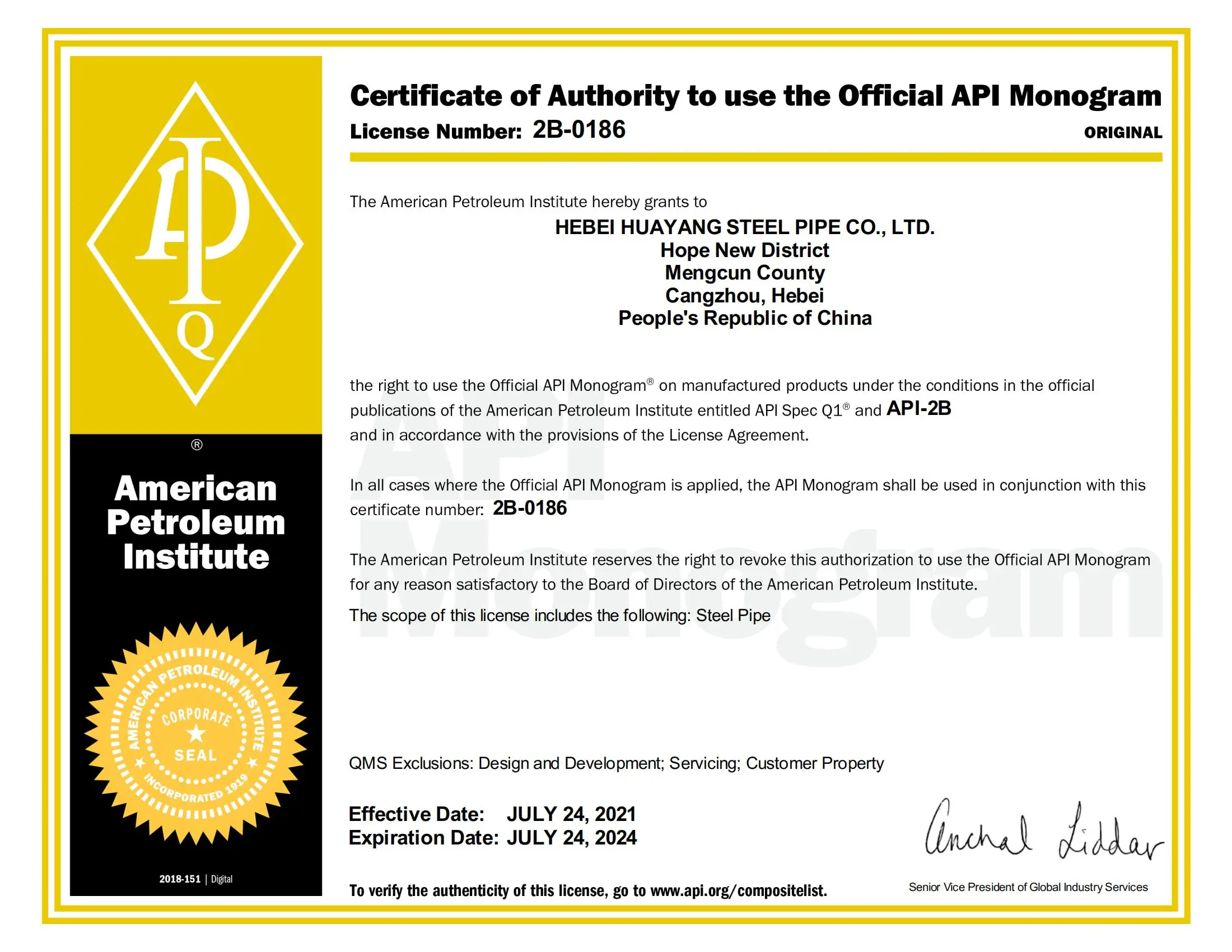
Nov . 09, 2024 11:18 Back to list
Understanding the Thickening Mechanism of Hydroxyethyl Cellulose in Various Applications
The Thickening Mechanism of Hydroxyethyl Cellulose
Hydroxyethyl cellulose (HEC) is a non-ionic, water-soluble polymer derived from cellulose. Widely used in various industries, HEC serves as a thickening agent in many formulations, particularly in cosmetic, pharmaceutical, and food products. The thickening ability of HEC can significantly enhance product performance and user experience. Understanding its thickening mechanism is crucial for formulating effective products.
Structure of Hydroxyethyl Cellulose
HEC is created by the reaction of cellulose with ethylene oxide. The resulting polymer has hydroxyethyl groups that replace some of the hydroxyl groups on the cellulose structure. These modifications increase the solubility of the cellulose in water, allowing HEC to dissolve and swell in aqueous solutions. The structure of HEC consists of long-chain polysaccharides that can form a gel-like network when dissolved, which is primarily responsible for its thickening properties.
Mechanism of Thickening
The thickening mechanism of HEC involves several interrelated processes, including hydration, swelling, and the formation of a viscoelastic network.
1. Hydration When HEC is added to water, the hydroxyethyl groups interact with water molecules. This interaction facilitates the hydration of the polymer chains, causing them to expand. The water molecules penetrate between the chains, leading to a significant increase in the volume of the mixture. This hydration process plays a crucial role in the thickening effect, as it allows for a higher viscosity when HEC is evenly dispersed in the solution.
2. Swelling As the polymer chains hydrate, they begin to swell. The extent of swelling is influenced by factors such as temperature, concentration of HEC, and the presence of electrolytes. In low concentrations, HEC can provide a thin, flowing consistency, while at higher concentrations, the resulting viscosity can be much thicker, creating a gel-like consistency. This property makes HEC versatile for various applications, allowing formulators to adjust the thickening effect based on the desired end product.
3. Viscoelastic Network Formation The long-chain nature of HEC enables the formation of a three-dimensional network in solution. These networks provide structural integrity, contributing to the product’s thickness and stability. The interactions between polymer chains, namely hydrogen bonding and hydrophobic interactions, allow the network to retain water and resist flow. This viscoelastic behavior is essential for applications where a stable thickened solution is required, such as lotions, creams, and suspensions.
hydroxyethyl cellulose thickening mechanism

Factors Affecting Thickening Properties
Several factors influence the thickening properties of HEC
- Concentration Increasing the concentration of HEC in a formulation can lead to higher viscosity due to more polymer chains interacting and forming networks.
- pH Levels The viscosity of HEC solutions can also vary with pH. Although HEC is relatively stable across a range of pH values, extreme conditions may affect its thickening efficacy.
- Temperature Higher temperatures can lead to reduced viscosity since the thermal motion of the polymer chains disrupts the network structure. Conversely, cooling can increase viscosity due to the reduction of molecular motion.
- Ionic Strength The presence of electrolytes can affect the interactions between the polymer chains. High ionic strength may screen the electrostatic interactions, potentially reducing the viscosity.
Applications and Benefits
HEC is particularly beneficial due to its versatility and effectiveness as a thickening agent. In the cosmetic industry, it is used in gels, creams, and lotions to improve texture and stability. In pharmaceuticals, HEC acts as a suspending agent in liquid formulations. Additionally, in the food industry, it is used to enhance mouthfeel and texture in sauces and dressings.
In conclusion, the thickening mechanism of hydroxyethyl cellulose is based on its unique properties derived from its structure, hydration, and network formation. As a widely used thickening agent, HEC offers formulators the flexibility to create products that meet various viscosity and texture requirements, making it an essential ingredient in many industries. Understanding its thickening mechanism allows for better formulations, leading to improved product performance and user satisfaction.
-
Versatile Hpmc Uses in Different Industries
NewsJun.19,2025
-
Redispersible Powder's Role in Enhancing Durability of Construction Products
NewsJun.19,2025
-
Hydroxyethyl Cellulose Applications Driving Green Industrial Processes
NewsJun.19,2025
-
Exploring Different Redispersible Polymer Powder
NewsJun.19,2025
-
Choosing the Right Mortar Bonding Agent
NewsJun.19,2025
-
Applications and Significance of China Hpmc in Modern Industries
NewsJun.19,2025







